Description
Trijicon ACOG RCO 4x32mm
The Trijicon ACOG RCO 4x32mm was designed to the exact specifications of the United States Marine Corps, the unique reticle pattern provides quick target acquisition at close combat ranges while providing enhanced target identification and hit probability out to 800 meters utilizing the Bullet Drop Compensator.
No tools are needed for windage and elevation adjustments because the Trijicon ACOG RCO 4x32mm features external adjusters, making it waterproof up to 11m without the caps. Mounting bosses are integrated into the housing by the eyepiece to allow the easy addition of a Trijicon RMR(not included).
Bindon Aiming Concept
Although human vision is based on a binocular or two eyed vision of an image, traditional riflescopes present a monocular view of the target. This monocular view significantly decreases vision capabilities and makes it difficult to acquire and track targets.
Traditionally, “both eyes open” aiming has been widely used with iron sights or reflex-style sights, but use with a magnified scope was often deemed implausible. The Bindon Aiming Concept (BAC) is a method of combining “both eyes open” aiming while using a magnified scope.
Shooting with “both eyes open” offers several advantages to the user: better situational awareness, a far superior sense of balance, a wider field of view, and far less eye strain. These advantages aid the shooter in quick target acquisition and improved shooting performance.
Utilizing BAC
When tracking a moving target with your shooting eye through the Trijicon scope for sale, the image appears blurry as the riflescope moves due to the magnification. This blurriness forces the brain to automatically switch eye focus and take in target data from the non-shooting eye (non-magnified). Due to the use of a highly illuminated aiming point in most Trijicon optics, the reticle remains visible in the shooting eye and your brain will superimpose the aiming point onto the non-magnified target.
When the weapon is moving onto the target, you will not notice any magnification, all that will be seen is the illuminated reticle. Once you slow the weapon onto the target, the target will “zoom” in, allowing you to identify and engage more accurately if necessary. This aiming concept happens naturally, without conscious thought, for those with equal or close-to-equal vision in both eyes.
Finding Your Dominant Eye
In order to maximize the potential of “both eyes open” aiming, you must know which eye is dominant. To determine this, conduct the following test:
- First, OPEN BOTH EYES, and hold you index finger out in front of you line of sight on a fixed object.
- Next, CLOSE your non-shooting eye and note the position of finger on target.
- Then OPEN BOTH eyes, keeping finger on target.
- Finally, CLOSE opposite eye and note position of finger on target.
If your finger/aiming point does NOT move, that is your dominant eye. If your finger/aiming point moves off target at a great distance, your OTHER eye is dominant.
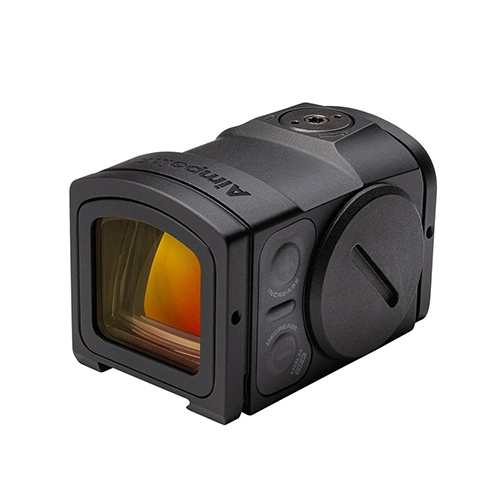
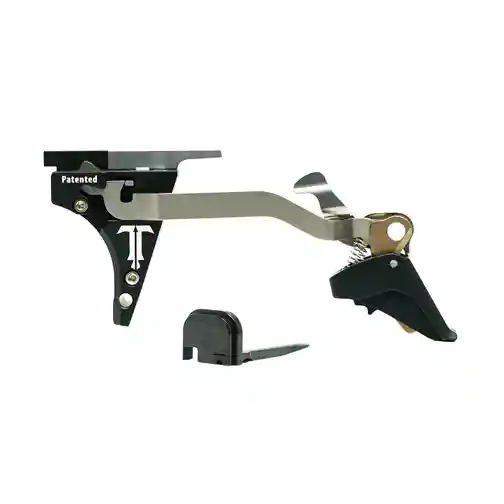
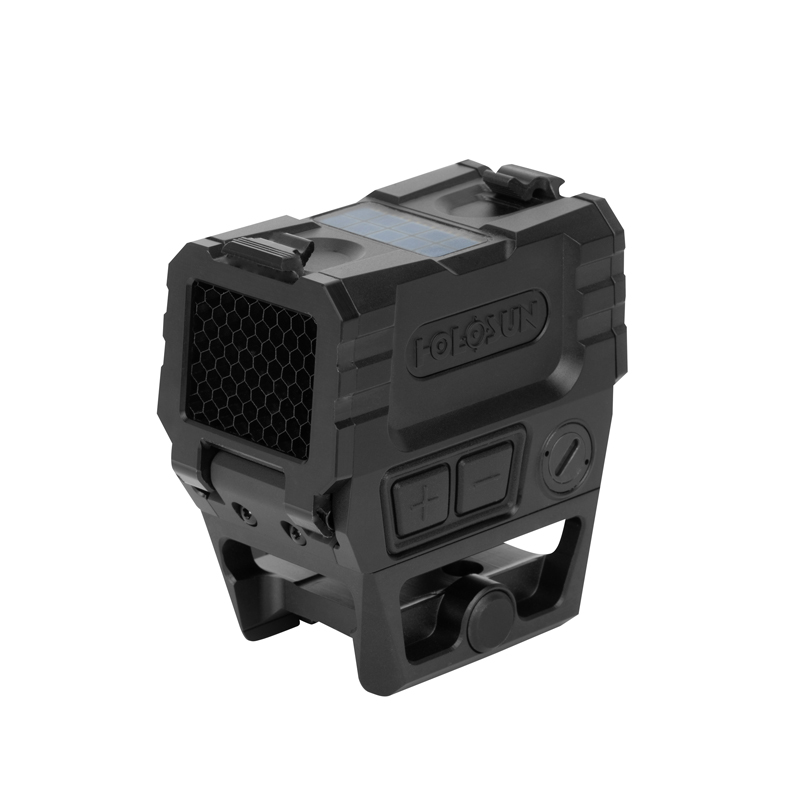


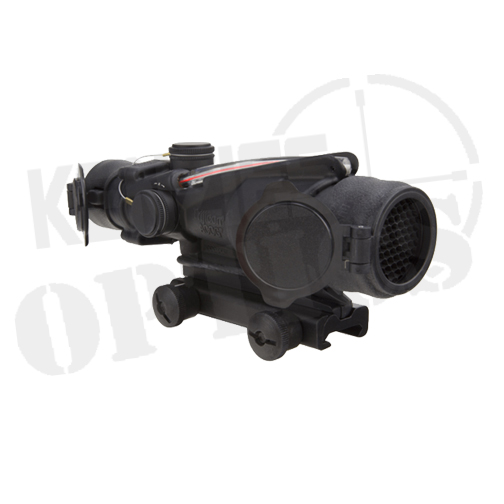

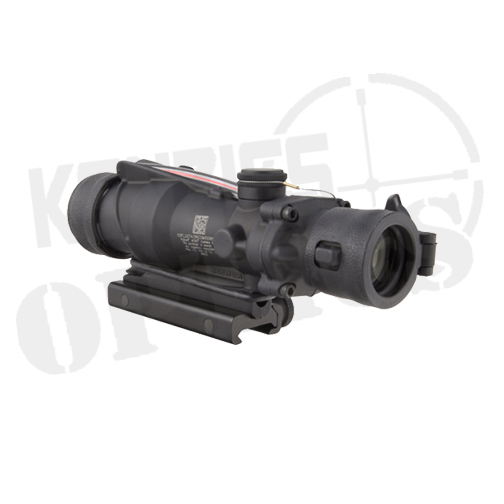
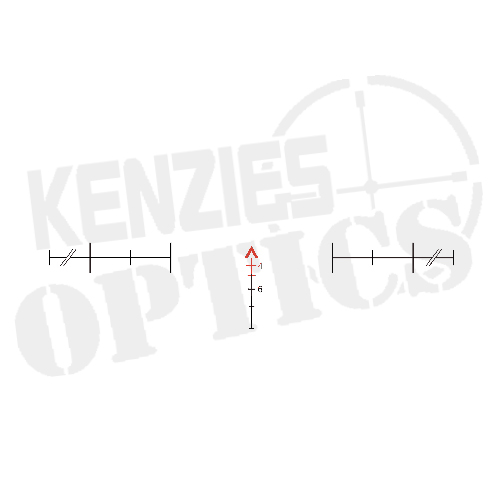

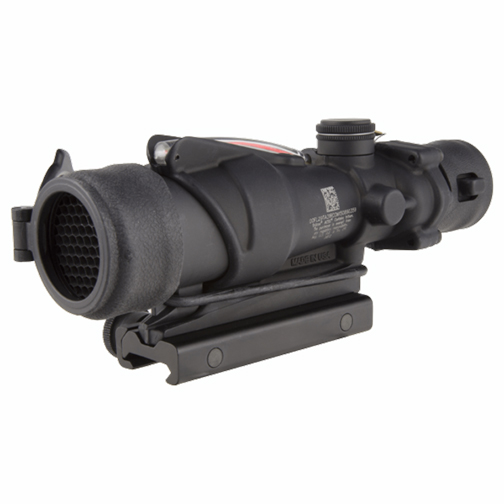


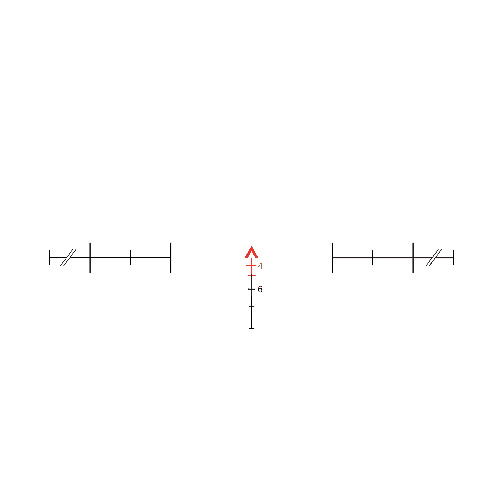
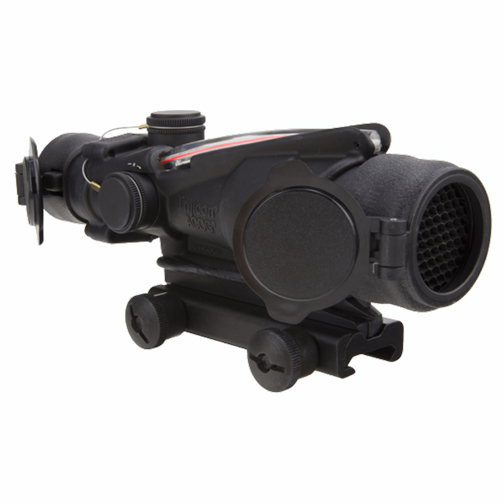
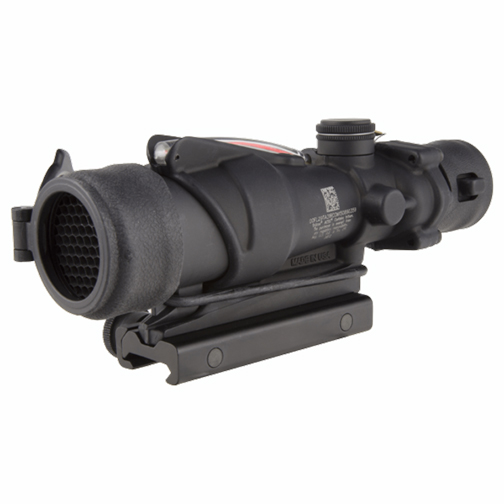
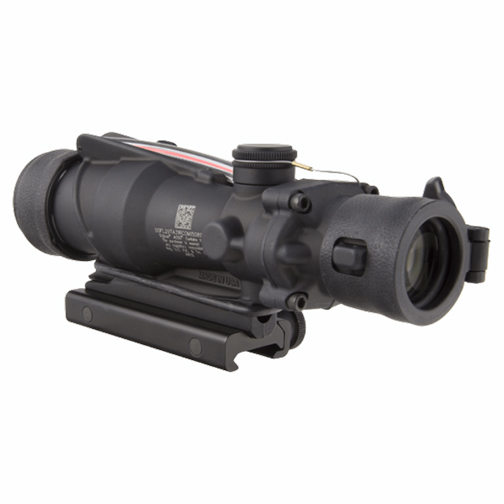
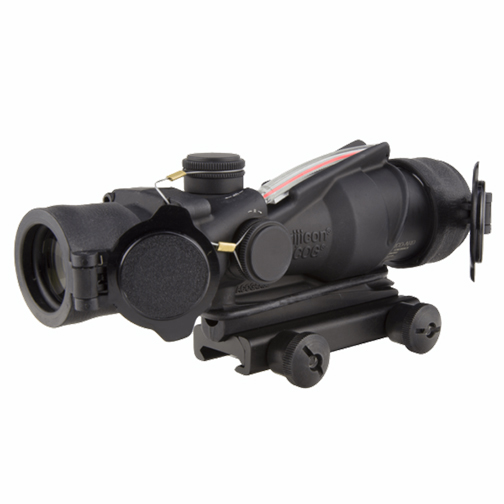
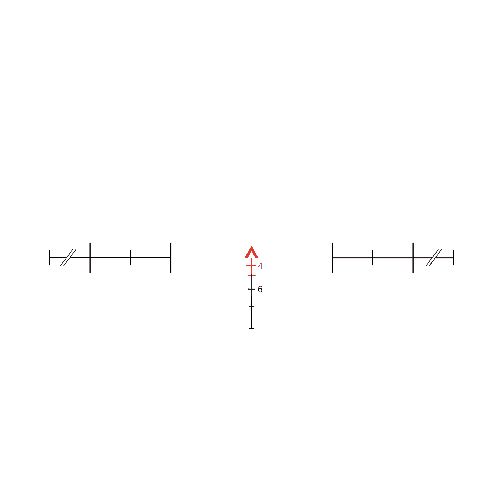
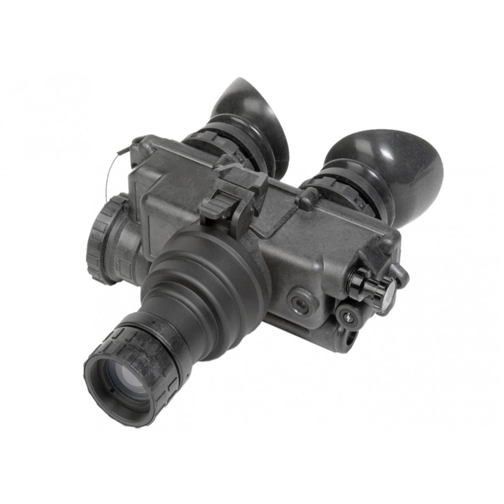
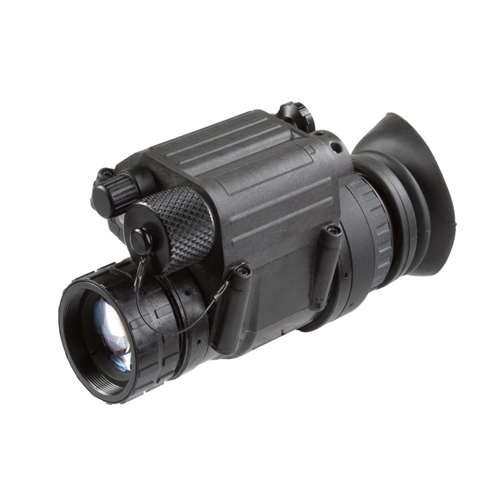
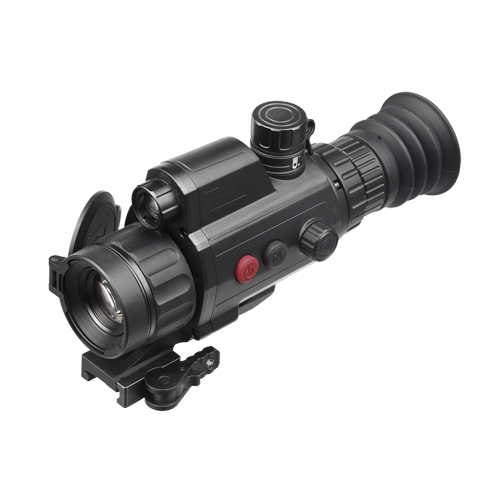
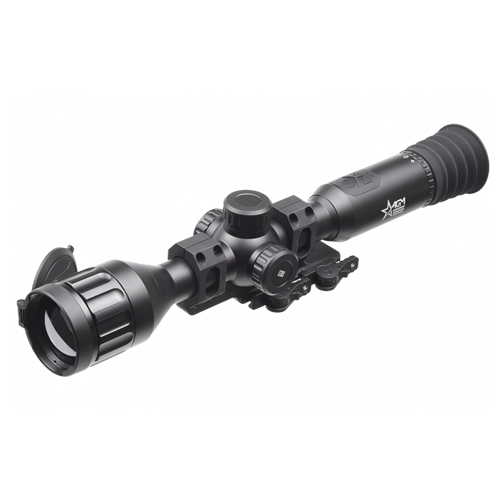
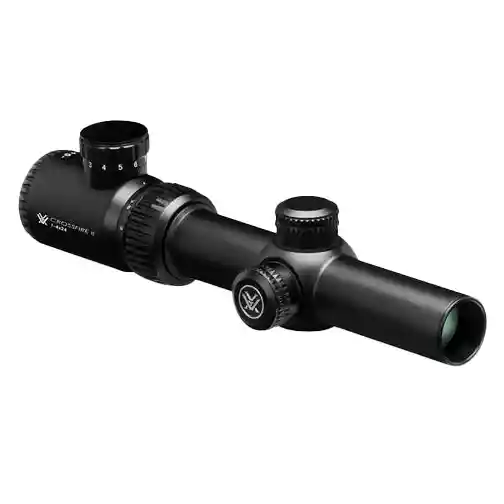
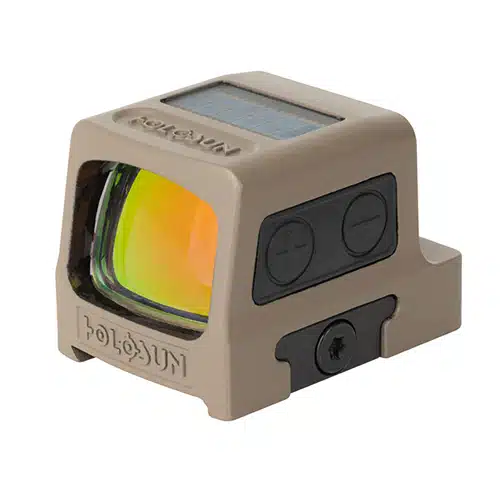
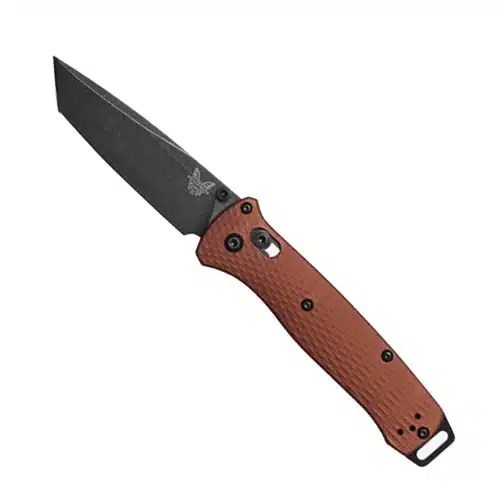
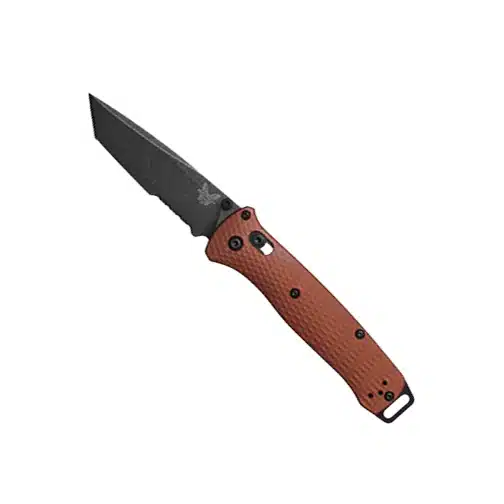
Reviews
There are no reviews yet.